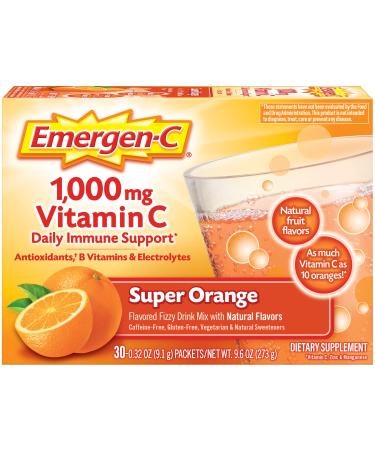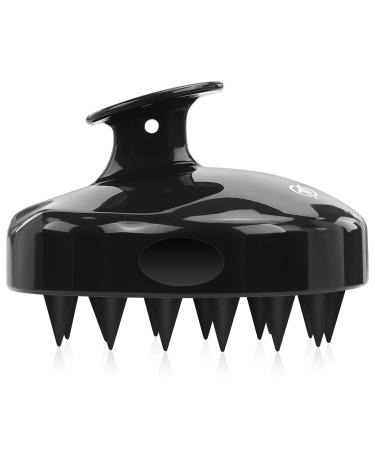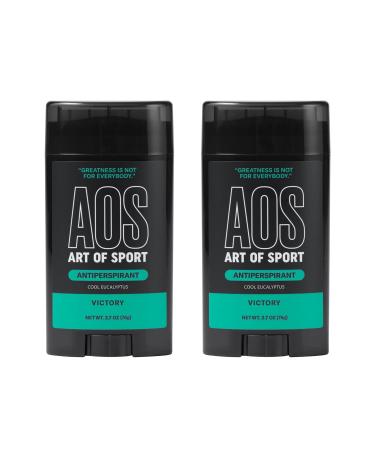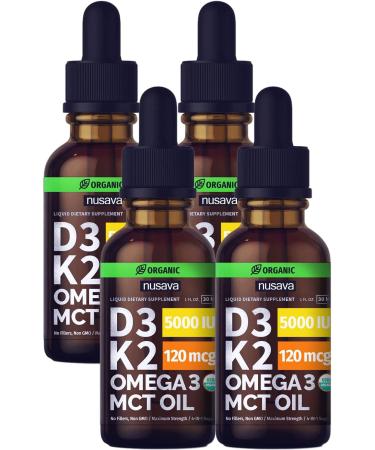Q. How Can Conceive Plus Fertility Lubricant Help Get Me PregnantA. Conceive Plus helps by removing a barrier to fertility, adding additional moisture to help create an environment where sperm viability and sperm motility are maintained. The additional lubrication provided by Conceive Plus helps by increasing the probability of sperm being able to reach the egg.
Q. How Do Calcium and Magnesium Ions HelpConceive Plus is the only fertility friendly lubricant in the world that contains Calcium and Magnesium ions. These ions are essential for cell viability in our bodies and are key for the process of fertilization. There are many published studies that show the importance of Calcium and Magnesium and we believe that these ions help to support the natural functions of the body to increase the chances of getting pregnant naturally.
Q. When Do I Use ItA. Use Conceive Plus each time you have intercourse with your partner when trying to conceive. Sperm can survive a number of days inside the body so start trying a few days before your fertile window to maximize your chances.
Q. How Do I Use the Fertility Lubricant TubeApply Conceive Plus to the genital area prior to or during activity. Re-apply as required. Suitable for daily use by both you and your partner. Conceive Plus's multi-use tube may be used in conjunction with Conceive Plus Pre-filled Applicators, which is applied internally.
*FDA Disclaimer: These statements have not been evaluated by the FDA. This product is not intended to diagnose, treat, cure, or prevent any disease
** *FDA Disclaimer: These statements have not been evaluated by the FDA. This product is not intended to diagnose, treat, cure, or prevent any disease
** Published study show sperm safety, Development of a Novel, Physiologically Important Ca2+ and Mg2+ ion Containing Non-Spermicidal Vaginal Lubricant, J. Kurtz1,2,3, E. Willmer1,2, B. Nikolic1,3, and V. Gupta1,4. 1 Aquatrove Biosciences, Inc., Miami FL; 2 Emmanuel College, Boston MA; 3 Massachusetts General Hospital, Harvard Medical School, Boston MA; 4 Miller School of Medicine, University of Miami, Miami FL Fertility and Sterility, Volume 92, Issue 3, Supplement 1, September 2009, Pages S212-S213



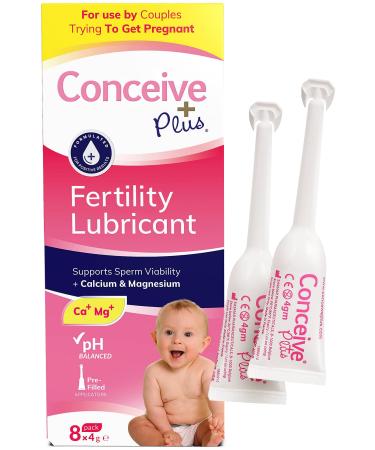
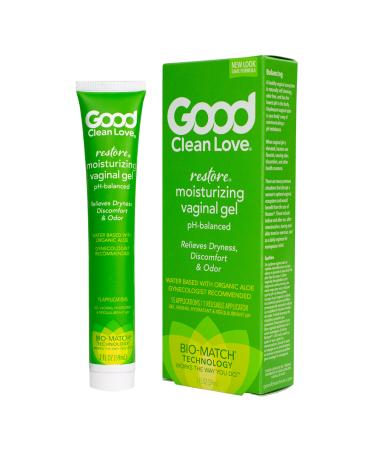
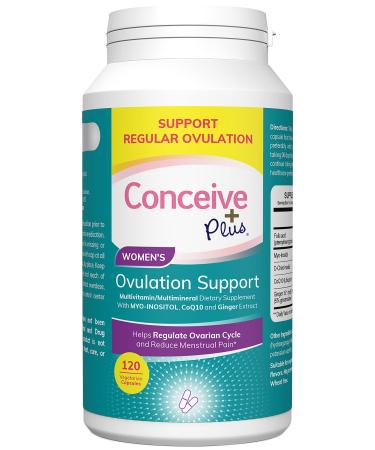
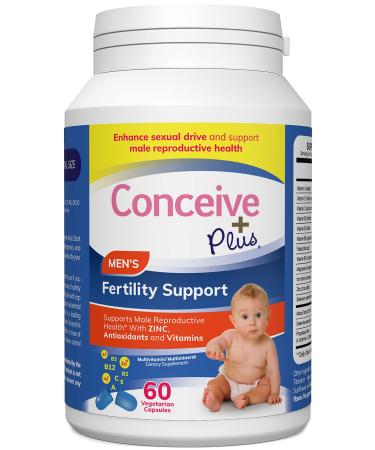
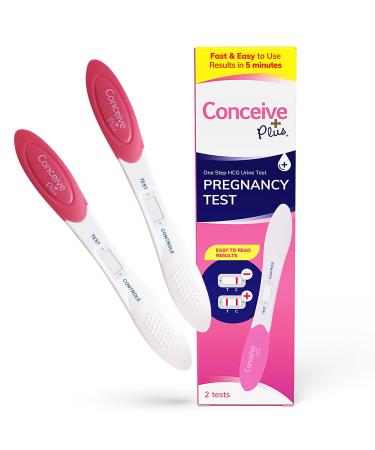
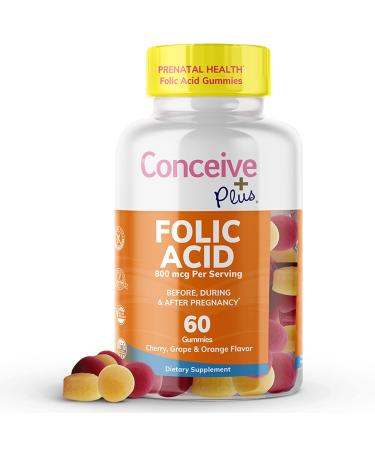

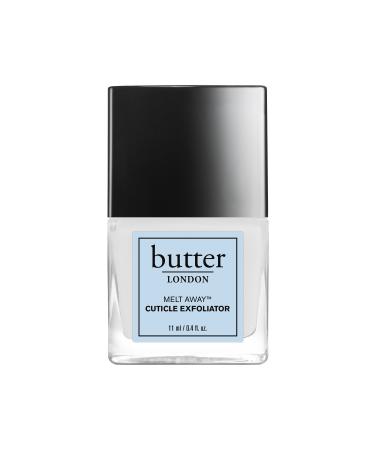
![Stewart Freeze Dried Dog Treats Made in USA [Single Ingredient Puppy and Dog Training Treats - Grain Free Natural Dog Treats] Resealable Tub to Preserve Freshness - Buy Online on GoSupps.com](https://www.gosupps.com/media/catalog/product/cache/25/small_image/375x450/9df78eab33525d08d6e5fb8d27136e95/6/1/61gwbbixarl._ac_sl1500_.jpg)
